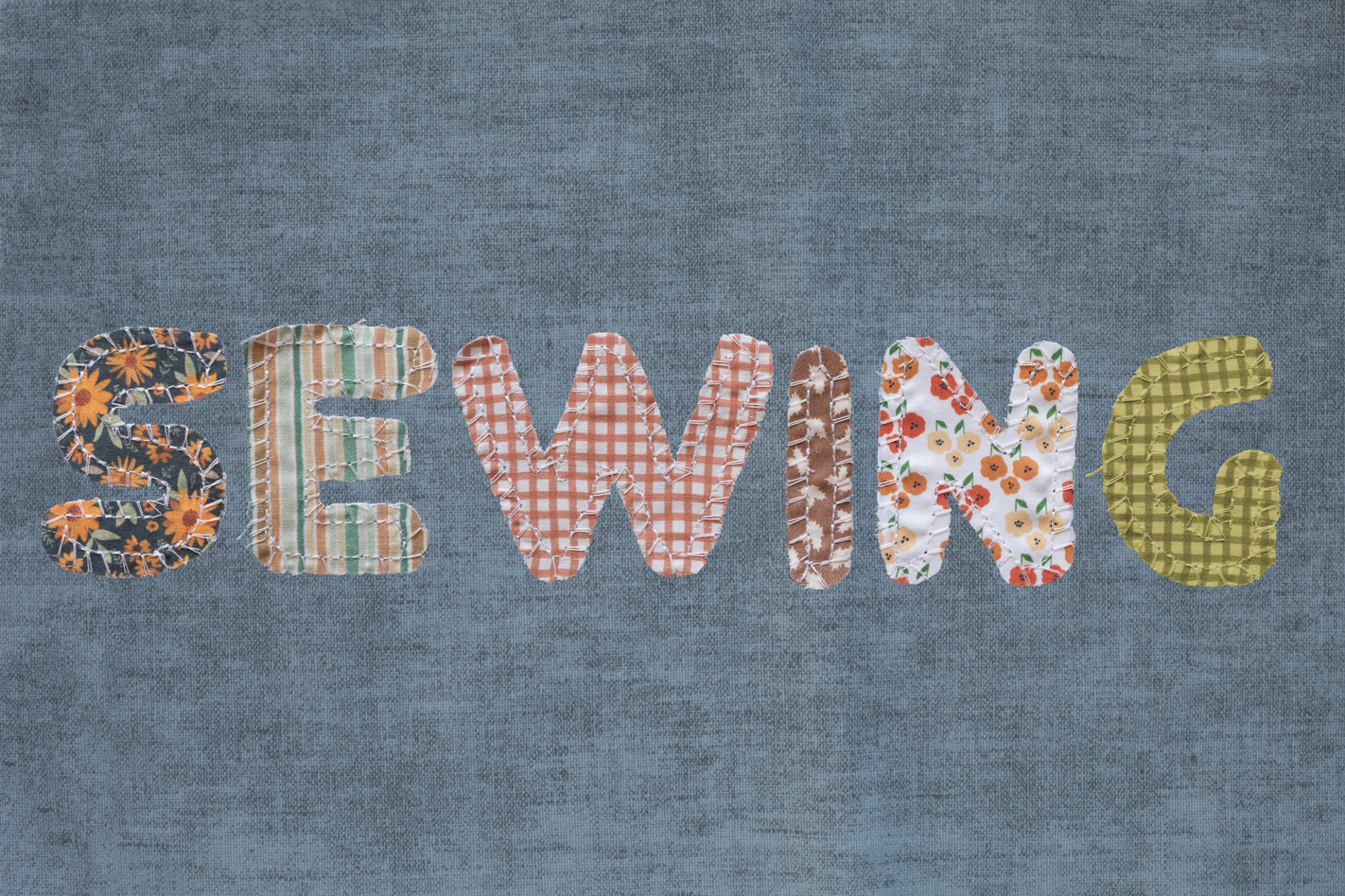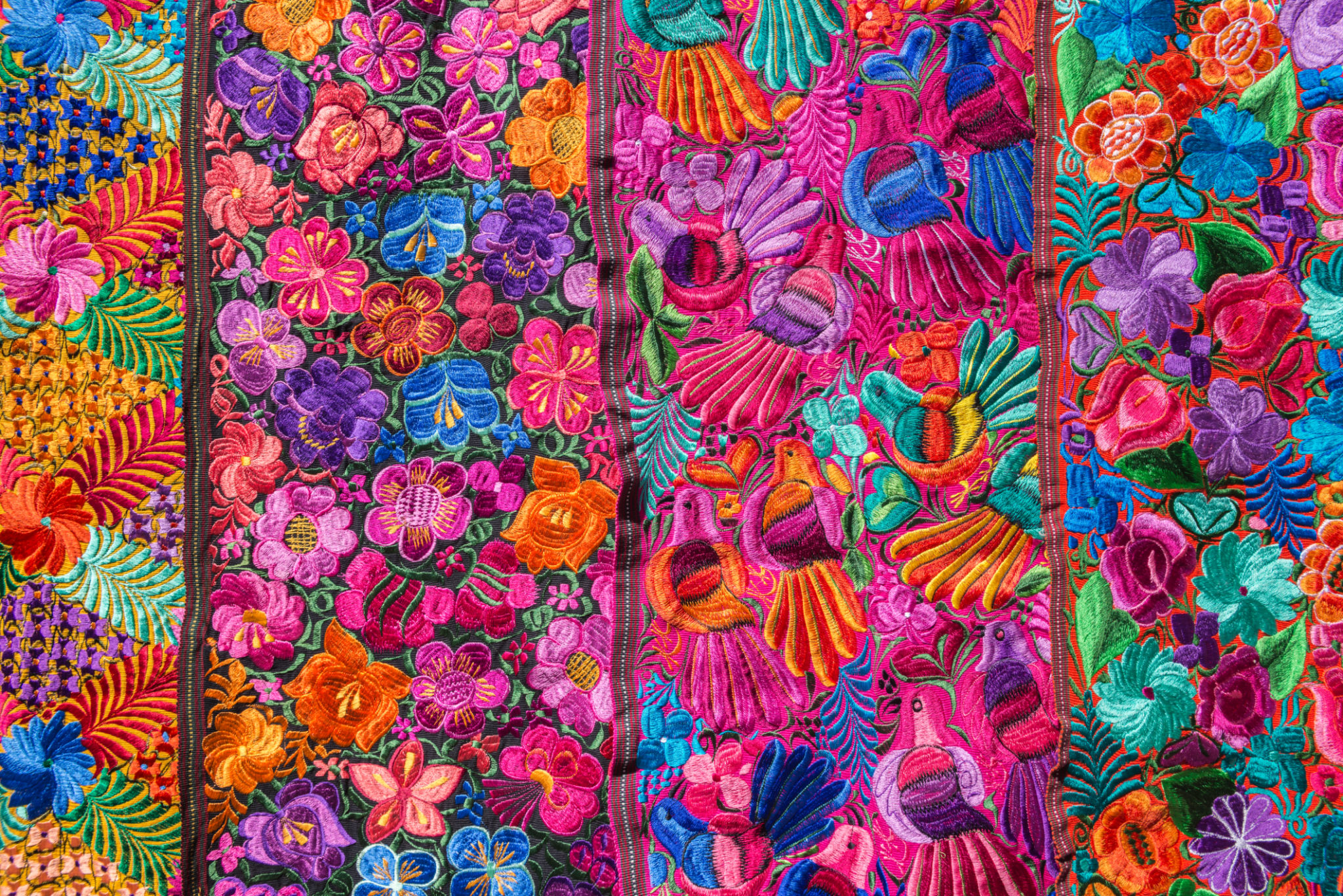How to Choose the Right Fabric for Your Alterations
Understanding Fabric Types
When it comes to altering garments, choosing the right fabric is crucial. The fabric you choose can significantly impact the final look, feel, and functionality of the clothing. Understanding the different types of fabrics is the first step in ensuring successful alterations. Fabrics can be broadly classified into two categories: natural and synthetic. Natural fabrics include cotton, wool, silk, and linen, while synthetic fabrics include polyester, nylon, and acrylic.
Natural fabrics are often preferred for their breathability and comfort. They are ideal for clothing that will be worn in warmer climates or for long periods. On the other hand, synthetic fabrics are known for their durability and resistance to wrinkles, making them suitable for items that require less maintenance.

Considering the Purpose of the Garment
Before selecting a fabric for your alterations, consider the garment's purpose. Is it a formal dress, everyday wear, or a specialty item like a wedding gown? The function of the garment will guide your fabric choice. For example, if you're altering a formal dress, you might want to choose luxurious fabrics like silk or satin. For everyday wear, cotton or linen might be more appropriate due to their comfort and ease of care.
Also, consider the season in which the garment will be worn. Warmer fabrics like wool are perfect for winter alterations, while lightweight fabrics such as cotton or linen are better suited for summer.

Matching Fabric Weight and Drape
The weight and drape of a fabric can dramatically affect how a garment fits and looks. Fabric weight refers to how heavy or light the material is, while drape refers to how the fabric hangs on the body. For a structured piece like a blazer, a heavier fabric with more body is ideal. Conversely, for a flowing summer dress, a lighter fabric with good drape is preferable.
It's essential to match the fabric weight and drape with the garment type. Using a mismatched fabric can result in an unflattering fit and look. Always try to match the original fabric's weight and drape when making alterations.

Checking Fabric Stretch and Recovery
Stretch and recovery are vital factors to consider, especially for fitted garments. Stretch refers to how much a fabric can extend, while recovery is its ability to return to its original shape. If you're altering a piece that needs to move with your body, such as leggings or a fitted blouse, ensure that the fabric has sufficient stretch and excellent recovery.
Fabrics like spandex or elastane blends offer great stretch and recovery properties. However, too much stretch without proper recovery can lead to sagging garments over time.
Selecting Fabric Colors and Patterns
Color and pattern choices can significantly impact the visual appeal of your altered garment. When choosing colors, consider what complements your skin tone and existing wardrobe. Neutral colors tend to be more versatile, while bold colors make a statement.
Patterns also play an essential role in the overall look of the garment. Stripes, florals, and geometric designs can add interest but require careful alignment during alterations to maintain symmetry and balance.

Testing Fabric Quality
Quality is crucial in determining how well a fabric will hold up over time. Before committing to a fabric, conduct a few simple tests. Feel the fabric for softness and texture. Check for colorfastness by rubbing a damp cloth on it; if color transfers, it might bleed during washing. Additionally, pull on the fabric gently to test its strength.
High-quality fabrics will withstand these tests and offer better longevity, ensuring that your alterations remain intact through wear and washing.